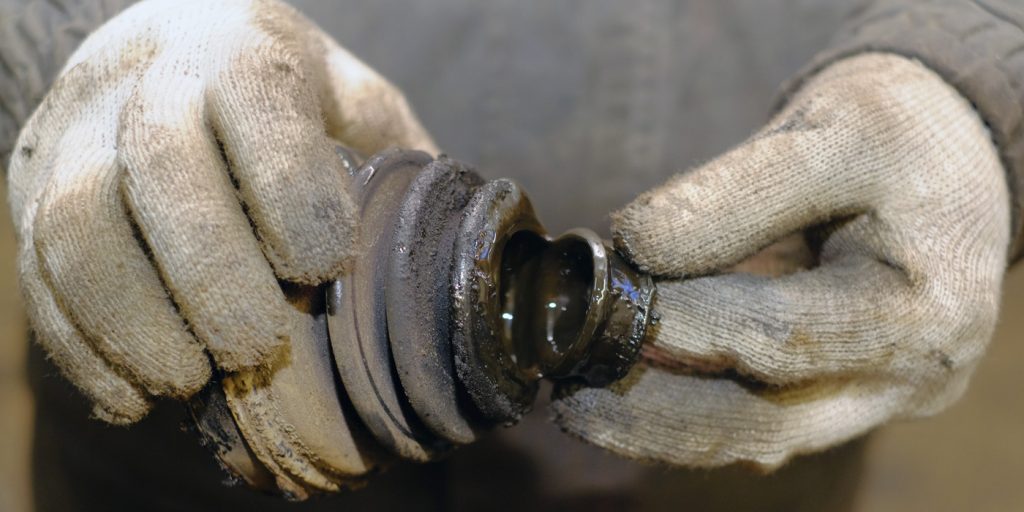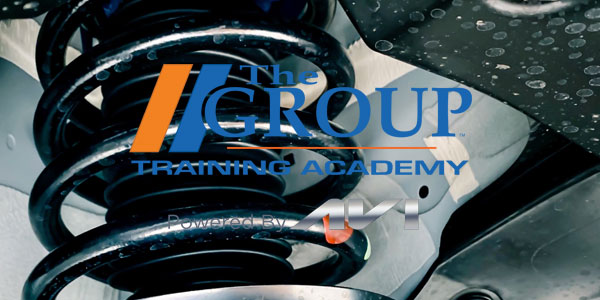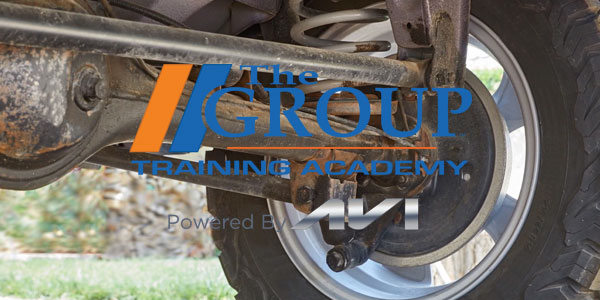That click-click-click sound isn’t a clock telling you it’s time for lunch or the end of the day. If it’s coming from a vehicle, it’s usually the sign that it’s time to replace the constant-velocity (CV) joint. But is replacing one joint the best thing for your customer when for a little more money, they could restore the entire halfshaft driveline?
Front-wheel drive is the most common drivetrain layout on cars, minivans and crossovers these days. The way these vehicles transfer the rotating force of the transmission to the front wheels (and sometimes through all four) is via a CV joint connected to the differential or transfer case.
A DIYer on a budget might opt to replace only a bad boot or CV joint rather than buy a complete halfshaft. And customers certainly can save a few dollars replacing only the boot or the outer joint. But it isn’t the easiest or fastest method. And for all of the extra work and difficultly, it’s not that much cheaper in many cases. Replacing the complete halfshaft assembly is a quick and straightforward solution that can be well-worth the difference in price.
Complete halfshafts include two new CV joints (inner and outer) as well as new boots and clamps. And they’re typically greased and ready to install – although, in some cases, a new halfshaft may require some assembly of the boots, greasing the joint and tightening the clamps before installation. Choosing a remanufactured assembly with rebuilt CV joints can save your customer a few extra dollars. However, remanufactured halfshafts may not be as durable as a new one. Some of the components will be reused from the core. And speaking of cores, stocking remanufactured halfshafts is a little more cumbersome because you’ll also need to account for the returned cores.
CV-joint replacement is a messy job, which is all the more reason that halfshaft assemblies have become a popular choice for most shops. Besides, there’s less chance of a comeback with a new assembly than if you’re replacing a bad boot or joint. The other end of the shaft has been through the same wear and tear as the one that’s being replaced, which can be especially consequential on high-mileage vehicles. And since the labor is the same to remove and reinstall a halfshaft, the only reason not to replace the entire shaft is to try and save a few dollars, as mentioned earlier.
Any tear or crack in a boot will let all the grease from inside fly out and not only make a big mess but also create a natural entry point for dirt and water to contaminate the joint. If either of those things happens, a failure usually will occur within a few thousand miles. The outer CV joints typically wear out and fail before the inner, with that classic clicking or popping sound when turning. But a clunk or vibration that’s heard or felt when accelerating or changing speed, on the other hand, is a sign the inner CV joint is going bad.
Keep in mind that the appearance of a new halfshaft may vary from the original because the supplier may have consolidated their product line to fit more than one application. For this reason, make sure you check the overall length of the halfshaft assembly as well as the spline count on the inner and outer CV joints. The diameter of the inner and outer joints that fit into the transaxle and steering knuckle must also match the original part, even if they don’t look the same.
Also, be sure to verify the location and number of teeth on the ABS wheel-speed sensor tone ring, if so equipped. The halfshaft won’t fit the application if there’s any variance in these dimensions, and you’ll be dealing with a return instead. But you can avoid a problem with a simple inspection before the part is sold. CM













